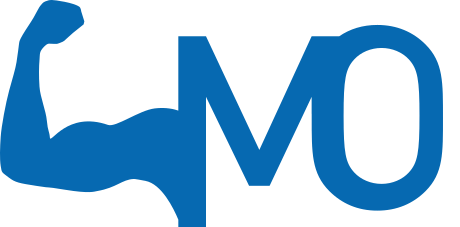Elbow mobility exercises are great for improving elbow flexibility, reducing elbow stiffness and combatting elbow pain.
Always consult a therapist first, to determine if this low back exercise is good for you. If you don't have a therapist yet, please find one near you by using our therapist map.
Special note: This exercise is recommended in cases where elbow mobility is restricted. You will feel traction in your elbow. It is important that you feel the stretch, but do not stretch beyond this point and carefully increase pressure applied. Stretching too hard or applying too much pressure can result in even more pain and new injuries. If you experience pain, stop the exercise. Always consult your healthcare professional on whether or not this exercise is suitable for you.
List of Conditions that Could Benefit from this Elbow Exercise
A diagnosis for the following conditions or recommendation for elbow exercises can only be done by a doctor or healthcare professional . This list been given as points to discuss with your therapist.
- Mechanical elbow pain
- Elbow bursitis, elbow tendinitis, elbow sprain, elbow strain, arthritis
- Golfers elbow, medial epicondylitis, tennis elbow, lateral epicondylitis
General tips for elbow mobility exercises
- Frequency: These exercises are effective for strengthening the muscles of the elbow joint. The frequency depends on your goal. If your goal is to build endurance, rather than strength, then the frequency should be higher. Doing more exercises than recommended is not always necessary or effective. Please discuss this with your healthcare professional .
- Combine: Instead of focusing on just one exercise, combine similar exercises for a more powerful effect. Three mobility exercises is the average recommended combination.
- Warming up: Start with a few of the elbow mobility exercises before this beginning this strengthening exercise as a warm up.
- Elbow pain: Pain is a warning signal… Never ignore pain. Elbow exercises should be done with care as they may worsen your issue. Do not continue with this exercise if you experience elbow pain. Ask your healthcare professional for more information.
- Speed: Do not hurry. This elbow exercise should be done slowly.
- Stay alert: Think about each movement involved in the elbow exercise rather than just getting the exercise done.
- Overuse: Elbow pain is most commonly the result of overuse and repeated or prolonged movements of the elbow muscles, tendons, ligaments or joints. This overuse can result in a strain (muscle injury), a sprain (ligament injury), or inflammation of the neck joint.
- Risk factors: Several factors increase the risk of elbow injury; including age and overuse of the muscles near the elbow. Squeezing techniques or small fine hand wrist movements in particular may result in overuse. Elbow injuries are also more common with certain sports. Athletes who use repetitive arm motions, such as tennis players, have a greater risk of having an elbow injury. Occupation can also increase the risk of elbow injury. Plumbers, painters, carpenters, butchers and cooks for example make repetitive arm motions, resulting increased pressure on the elbow and increased risk for elbow problems over time. Anyone who works regularly with a computer is also at risk.
Did you know?
Healthcare professional treatment may involve manipulation, which is a common, safe and effective treatment. Focusing on the function of the elbow is also very important in improving elbow pain or elbow problems. A healthcare professional can also help choose the correct elbow exercise program for your specific issue.


